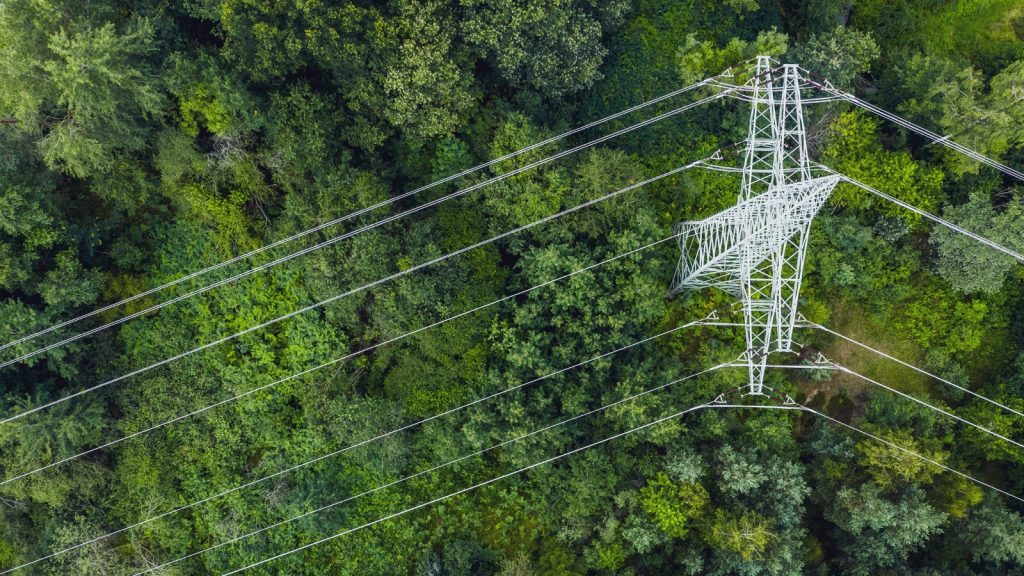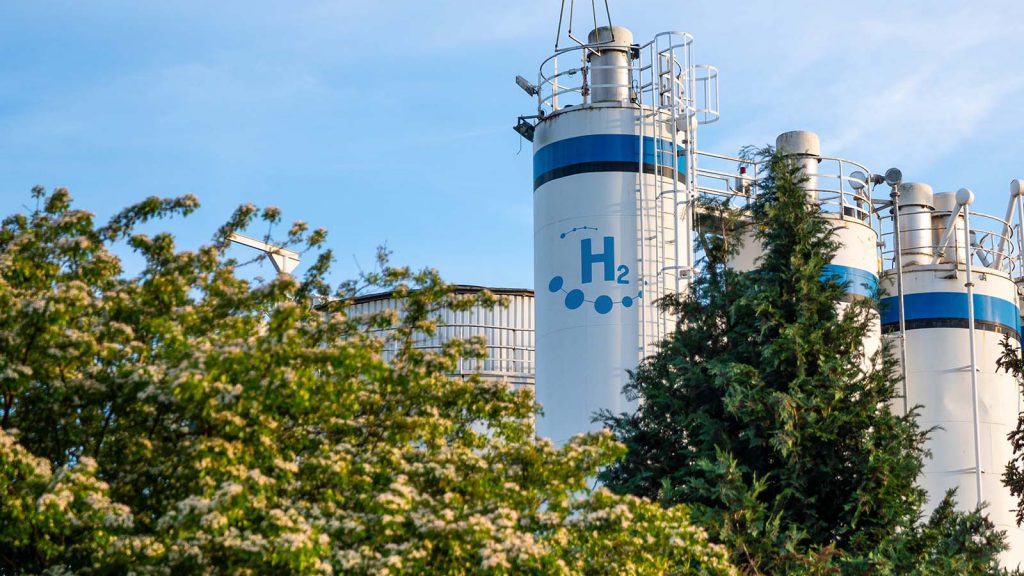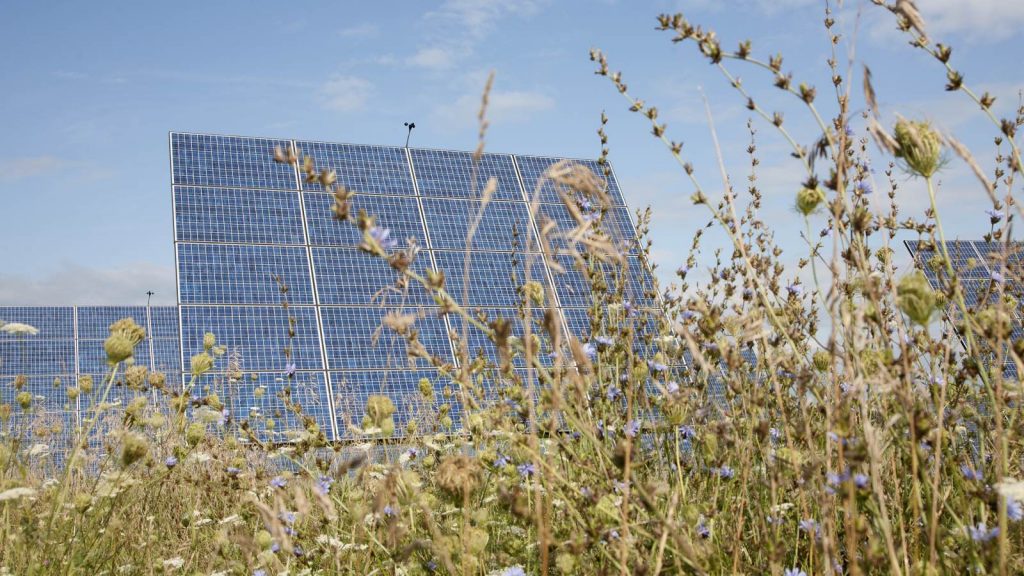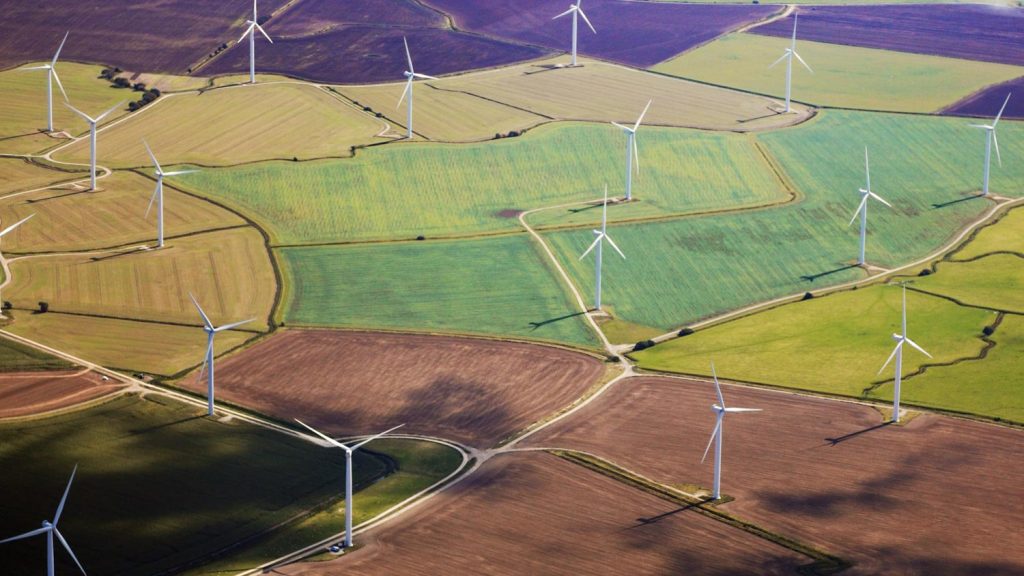
Green bonds: is an oasis within reach?
Energy Transactions
Green bonds: is an oasis within reach?
Mon 02 Mar 2020
The global green bond market has expanded rapidly in recent years, growing by 75% between 2016 and 2018 and recording an issue volume of 175 billion dollars in 2018. One of the new features of this market is the issuing of securities by a variety of non-public players, including non-financial firms. We also expect the market will continue to consist primarily of issues from European companies – corresponding to the need for additional investments in Europe to the tune of €180 billion annually, in order to achieve the targets set by the EU in the Paris Agreement by 2030.
Green bonds: a fast-growing market but lacks structure
France holds the record for the largest green bond issue ever, for an amount of 7 billion euros, which reflects the government’s proactive approach to the Paris Agreement objectives. Launched in January 2017, the green OAT (Obligation Assimilable au Trésor) offered a 1.75% return with a duration of 22 years. The OAT funds the budget of the French central government and the “Invest for the Future” programme, which aims to fight climate change, protect biodiversity and tackle pollution.
According to the International Capital Market Association (ICMA), “green” bonds are any type of bond instrument where the proceeds will be exclusively applied to finance or re-finance, in part or in full, an eligible green project. They present many advantages, above all to investors. Firstly, a diversification of risk and a choice between several types, of which the following are the best known:
- Green Revenue Bonds, non-recourse bonds with limited exposure to the issuer’s revenue flows;
- Green Project Bonds, with direct exposure to the project;
- Green Securitised Bonds, collateralised by specific projects or leasing – for example, of photovoltaic installations.
Strong market demand for green bonds is leading players to better formalise the definition of eligibility criteria, and to introduce more transparency in a bid to improve the confidence of investors. In the case of the French OAT, the government’s identification of dedicated allocations by category also contributes to greater investor visibility.
For issuers, green bonds go hand in hand with the acceleration of investment, since they are a way to rapidly raise money on a massive scale in the markets. This investment also meets a dual need. Firstly, the general pressure on the market from a wide range of players – institutions, civil society, shareholders – to invest in green projects; secondly, the desire to fulfil their environmental, social and governance commitments (ESG). In France, green bonds provide an excellent means for regional bodies, for example (not least small-scale bodies that can pool the debt they issue), to communicate their environmental strategies and to diversify and better target investors interested in green projects.
Nonetheless, the technical, economic and regulatory limitations mean green bonds still need to be carefully considered before investment is made.
For issuers, producing reports is still a common obstacle. Of the 25 issuers listed today in France, only 16 have produced an available report, and six others have either produced a report which is hard to access, or have not published one at all. The small bodies that could benefit from this increased investment are confronted, in particular, with lengthy procedures and the arduous mobilisation of resources and staff.
Green bonds are also in competition with “social bonds” or “sustainable bonds”, which focus on social and environmental challenges (with 35% growth in 2018, reaching €30 billion) and which therefore attract ESG investors. This overlap makes a clear definition of “green” bonds aa complex matter.
From a regulatory standpoint, there is currently no binding legal framework for the choice of projects, the production of reports and the issuing of green securities. The French OAT, for example, is subject to the Green Bond Principles, a symbolic guide to good practices published by the ICMA. Meanwhile, the framework guidelines are multiplying regionally and internationally: the European Union intends to create a non-binding Green Bond Standard, as does the International Organization for Standardization. Other players, such as the rating agency Moody’s also offer to assess, verify and certify “green” bonds, reflecting the regulatory void. But, as it stands, there is no current harmonisation of the tools and rules for assessing and choosing green projects.
Finally, despite the great attraction of green bonds as a means of financing the green transition, many questions remain: how to avoid the spin-off effects, including the question of greenwashing, which is currently dominating debate on the transparency of green investments. And is the issuing of green bonds really appropriate for the mainly local demand in both France and Europe, when these issues are mainly devoted to major projects and infrastructure?
Article co-authored by Edouard Lecoeur, Partner, Public, Infrastructure and Real Estate Advisory and Adrien Dubié, Senior Manager, Infrastructure and Energy.
























